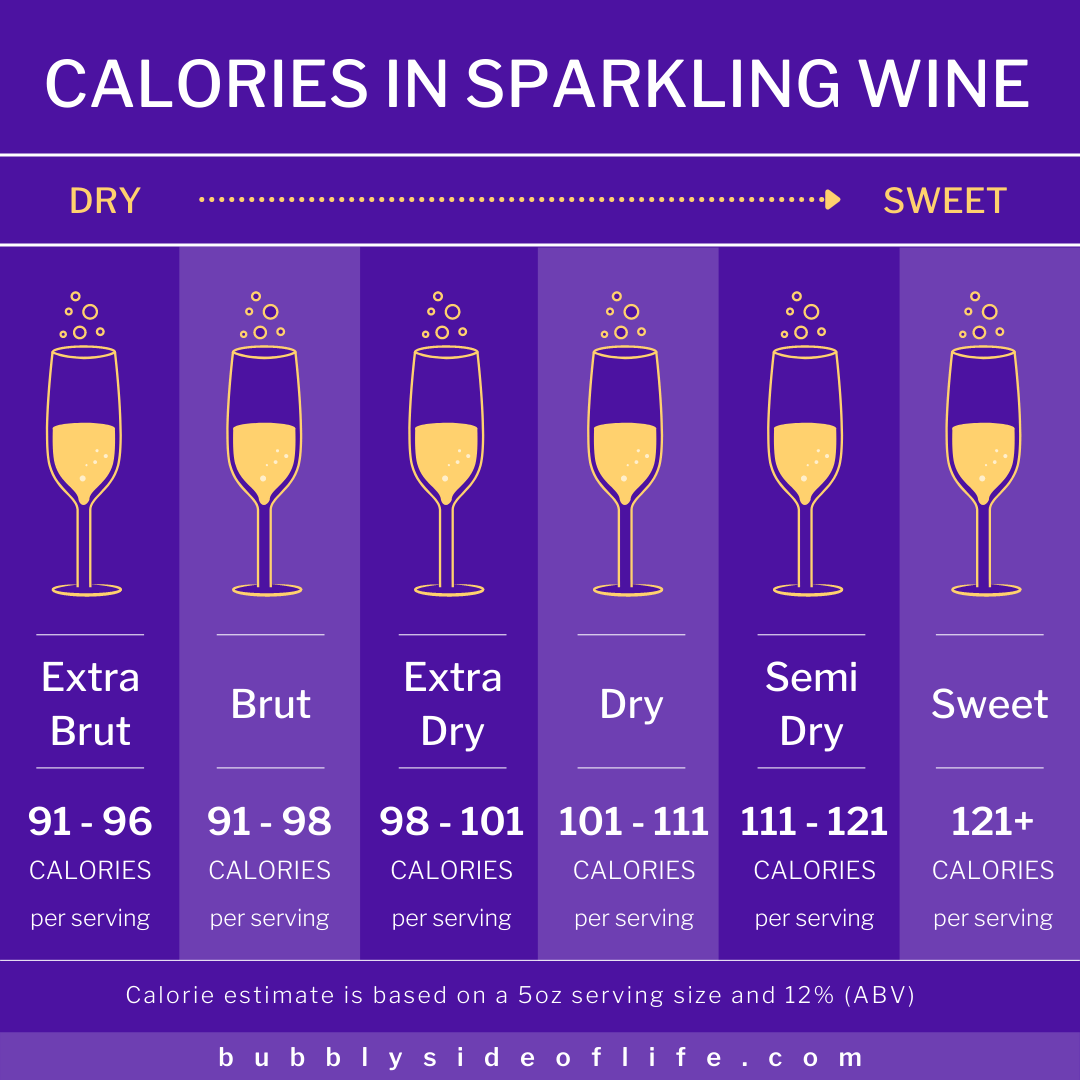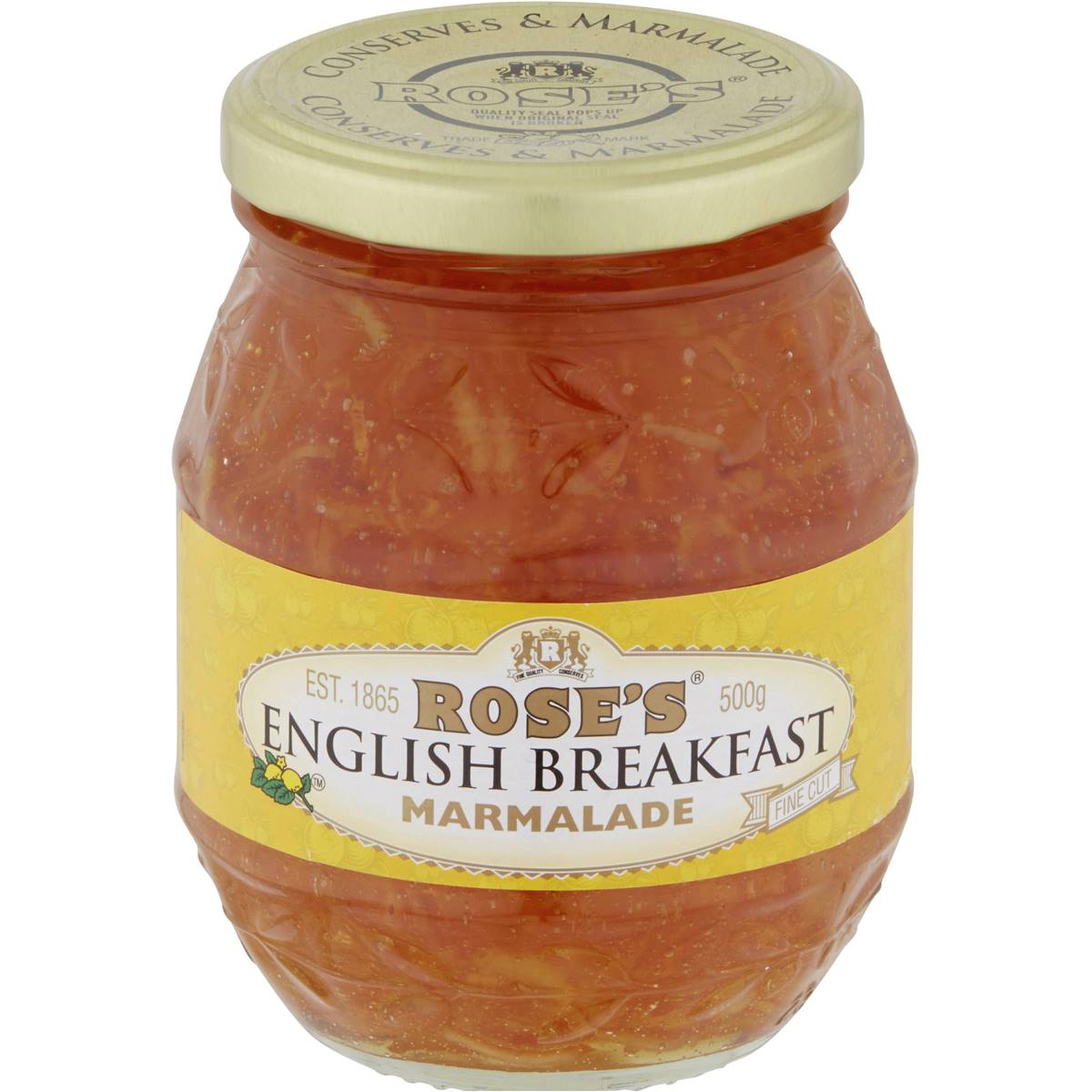

2018 Chateau Miraval Cotes de Provence Rose (Provence, France) Alcohol By Volume: 14.5 Residual Sugar: 2.

Vinho Verde, Picpoul, Trebbiano) at 10 alcohol contains about 100 calories (85 from alcohol and 15 from. Calories don’t differ very much depending on the type of wine. A typical glass of wine (5 oz) contains about 120 calories. So while you may want to count carbs with each glass of wine you drink, keep in mind that these carbohydrate equivalents, particularly in red wine, may actually lower your blood sugar, rather than sending it into a spike. As you can see, a bottle of rose wine typically has around 500-600 calories. A bottle of wine (750ml / 25oz) contains approximately 600 calories.

Three Mills Botanical Rose, Strawberry & Elderflower Wine. Your body burns the acetate first, before other fuels, turning it into energy before it ever gets a chance to turn into fat. View calories, alcohol by volume, net carbs, added sugars, sodium, protein, total carbohydrates, fats.Extra Brut has 9196 calories per serving. When calculating the calories in sparkling wine in addition to the 5 oz serving size the other consideration is sparkling wine that is 12 ABV (which most are). But if you are counting the calories, look out for dry wines with low alcohol. Sparkling wines are a pretty good choice for the calorie-conscious drinker. Your liver converts the alcohol into acetate, which is a type of fuel the body can use like carbohydrates, fat, or protein. Theres no firm rule but often white wine is naturally lower in alcohol than red.Wine contains alcohol that is processed in the liver.These "carbohydrate equivalents" have to do with how the body metabolizes the drink. There are not technically carbohydrates in wine, but what nutritionists and other scientific foodies like to call "carbohydrate equivalents." In fact, the USDA refers to the carbs found in wine as " Carbohydrate by difference." This means that carbohydrates are not detected in the food they are what remain after fat and protein have been detected, accounted for and removed from the equation. The natural sugar that occurs in grapes is converted to alcohol during the fermentation process. Dry wine actually contains no starch and very little residual sugar. When most people think carbohydrates, they think of foods that are starchy or drinks high in sugar content.


 0 kommentar(er)
0 kommentar(er)
